Juices to increase potassium can be prepared with much more than just bananas. Here’s what you need to know about it.
This mineral is key to help the functioning of muscles and the electrical activity of the heart, among other functions.
The lack of this nutrient can be generated by various causes. Some of them are: poor diet, diarrhea, vomiting, medications (such as diuretics) or certain diseases.
This problem may cause constipation, arrhythmias and fatigue, among other symptoms.
On the other hand, the best way to detect a potassium deficiency (or hypokalemia) is through a blood test.
With the above in mind, here are some recipes to help raise the levels of this electrolyte. If you’re interested, later we’ll tell you more important information.
Where do we start?
Juices to increase potassium: Preparations / Recipes
Before starting with the recipes, it’s essential to highlight some issues:
- Remember to wash hands, ingredients, utensils and appliances thoroughly before preparing each juice.
- Juices are part of the diet. That is, they don’t replace meals.
- Each drink should be drunk as soon as it’s prepared.
- You can consume one or two different juices per day and complete your daily potassium requirements with other foods (if necessary). We’ll talk about this topic later.
- For more liquid results, you can add a little water.
- Potassium (K) quantities in each recipe are approximate.
Now, let’s start!
Juices to increase potassium: What does science say?
To increase blood levels of this nutrient it’s essential to consider the following:
- Consume enough potassium: Some experts recommend a daily intake of 4,700 mg for healthy adults, but the number may vary depending on age and gender, among other factors.
- Follow a healthy and balanced diet: The diet should include a healthy balance of nutrients. That is, it’s not recommended to focus all meals on a single mineral.
Magnesium, a key substance
Evidence shows that a lack of this mineral can aggravate low potassium levels.
With this in mind, experts from the Cleveland Clinic (United States) recommend the following daily magnesium intakes for adults:
- Men: between 400 mg and 420 mg.
- Women: between 310 mg and 320 mg.
Nutrient table
In line with the above, here’s a table with the quantities of potassium and magnesium found in the ingredients we’ve chosen for the recipes, according to data from the United States Department of Agriculture.
Swipe to see more columns.
| INGREDIENT | PORTION | POTASSIUM (mg) | MAGNESIUM (mg) |
| Broccoli | Cup – 90 g | 284 | 19 |
| Watermelon | Cup – 155 g | 174 | 16 |
| Celery | Strip – 4 g | 10 | 0 |
| Kiwi | Unit – 75 g | 149 | 12 |
| Carrot | Unit – 60 g | 192 | 7 |
| Apple | Unit – 200 g | 214 | 10 |
| Chard | Leaf – 48 g | 182 | 39 |
| Banana | Unit – 126 g | 451 | 34 |
| Papaya | Cup – 230 g | 419 | 48 |
| Lettuce | Head – 539 g | 906 | 54 |
| Avocado | Unit – 150 g | 728 | 44 |
| Unsweetened coconut water | Cup – 240 g | 396 | 14 |
| Spinach | Cup – 25 g | 140 | 20 |
| Beet | Unit – 80 g | 260 | 18 |
| Orange | Unit – 154 g | 279 | 15 |
| Almonds | Unit – 1.2 g | 9 | 3 |
| Honeydew melon | 1/2 unit – 500 g | 1140 | 50 |
More potassium sources
You can include other potassium-rich foods into your diet such as: green leafy vegetables, prunes, soybeans, nuts, beans, potatoes and sweet potatoes.
Juices to increase potassium: Important information
Remember not to base your diet on a single food or nutrient. That is, meals should be varied.
Ideally, visit a nutritionist and follow a personalized diet plan.
On the other hand, your doctor may indicate different treatments to solve the problem. For example, there are severe cases of people who need to receive potassium intravenously.
Finally, our opinions don’t replace those of a qualified healthcare professional.
Note: If you’ve allergy symptoms or discomfort after consuming any of the drinks or foods in this article, you should stop doing so and visit your doctor.
You can subscribe here to receive updates.



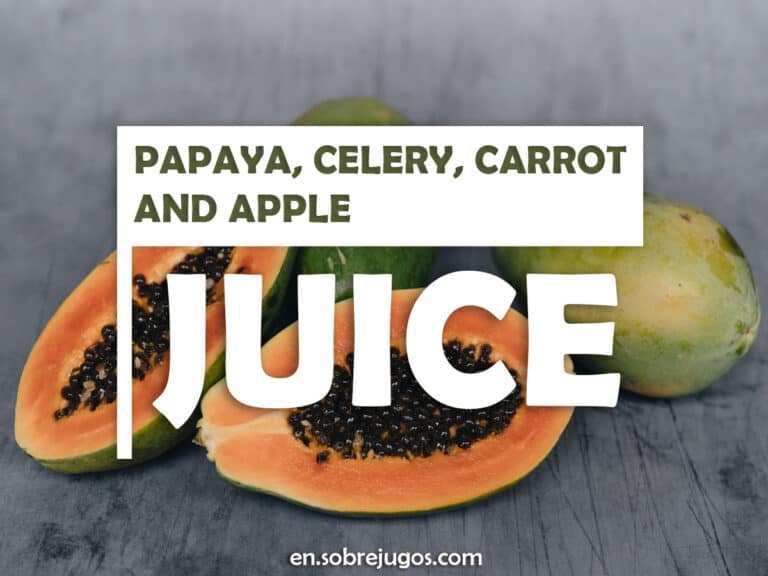
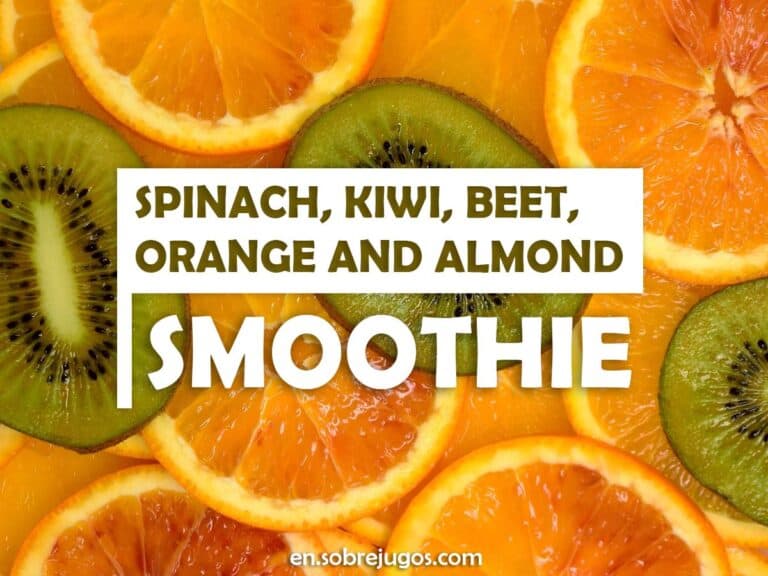

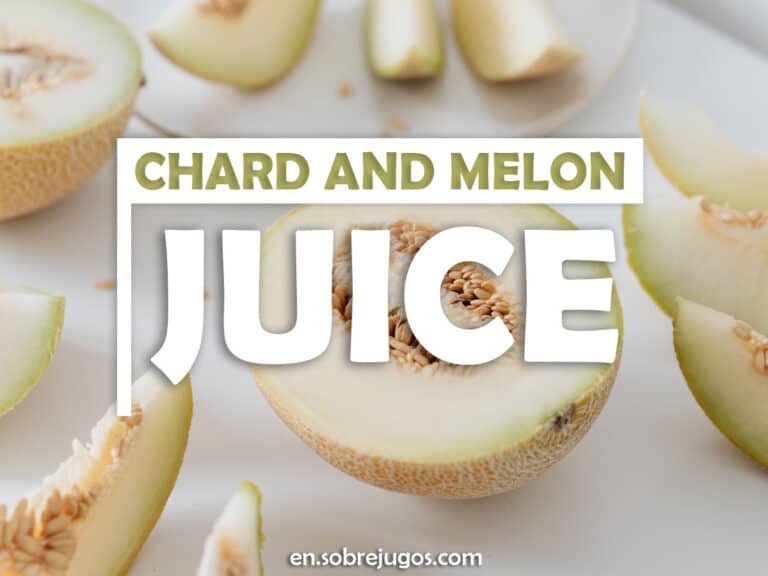
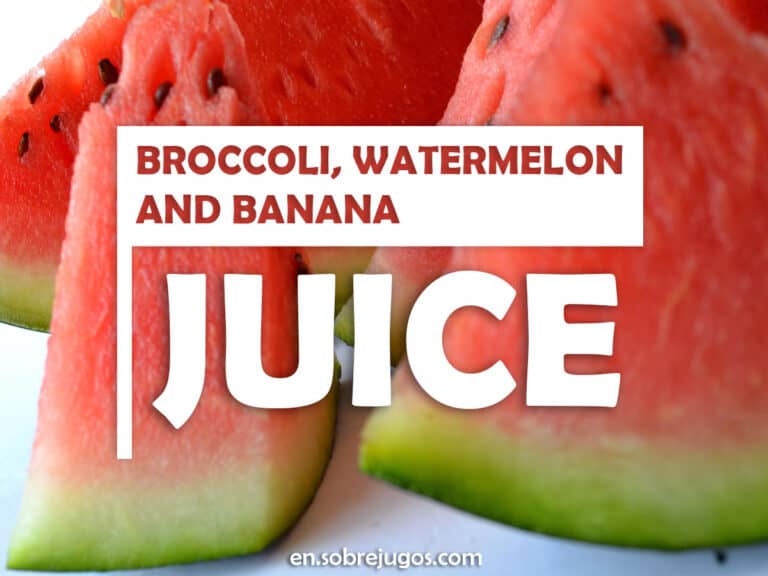
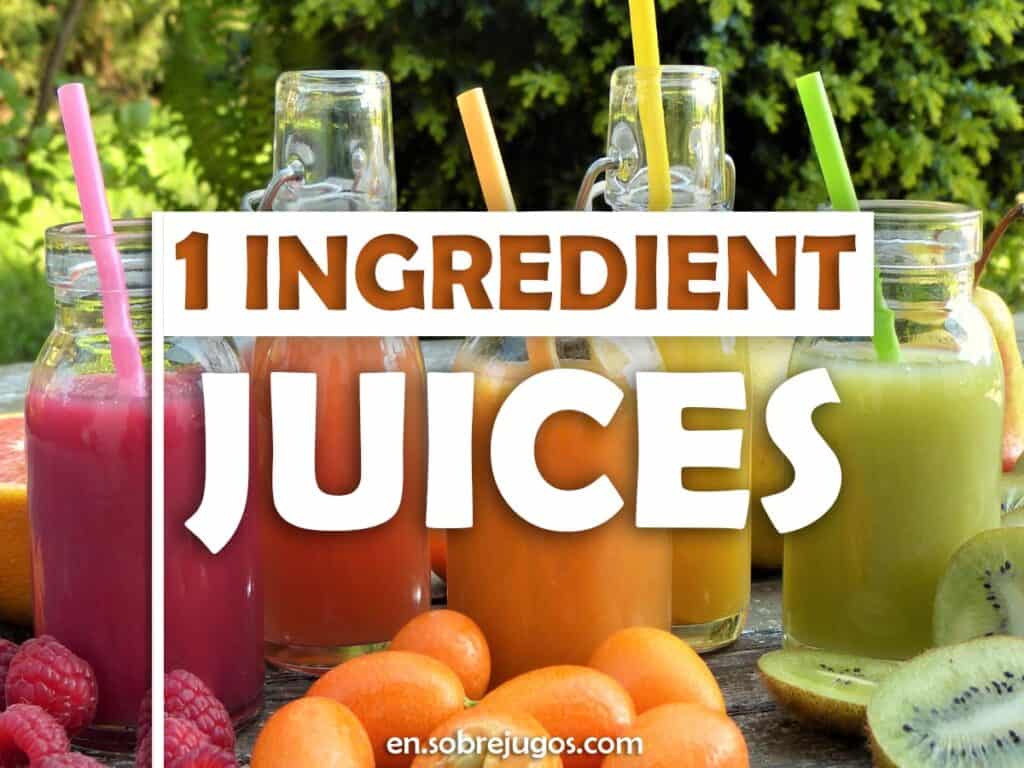
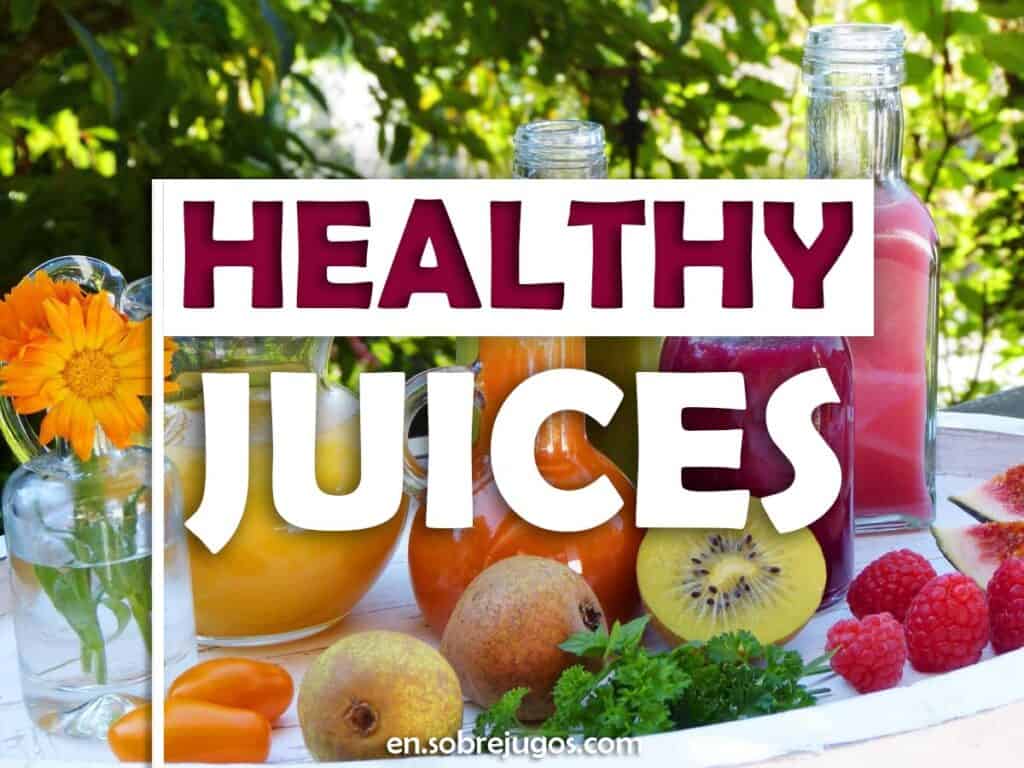
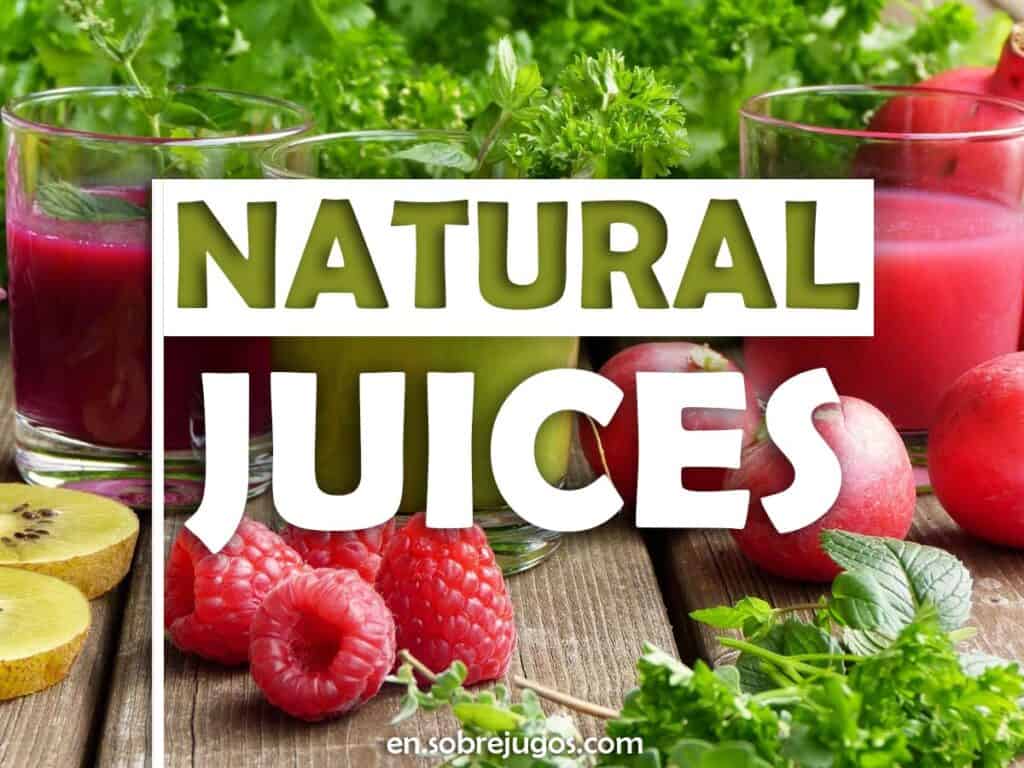
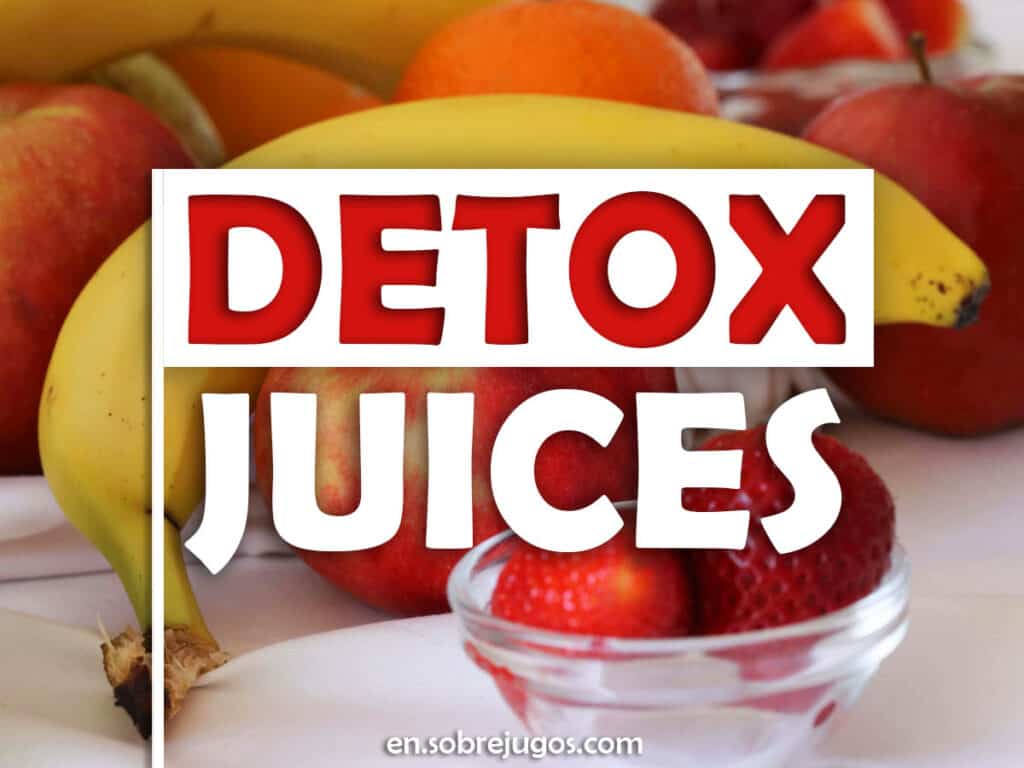
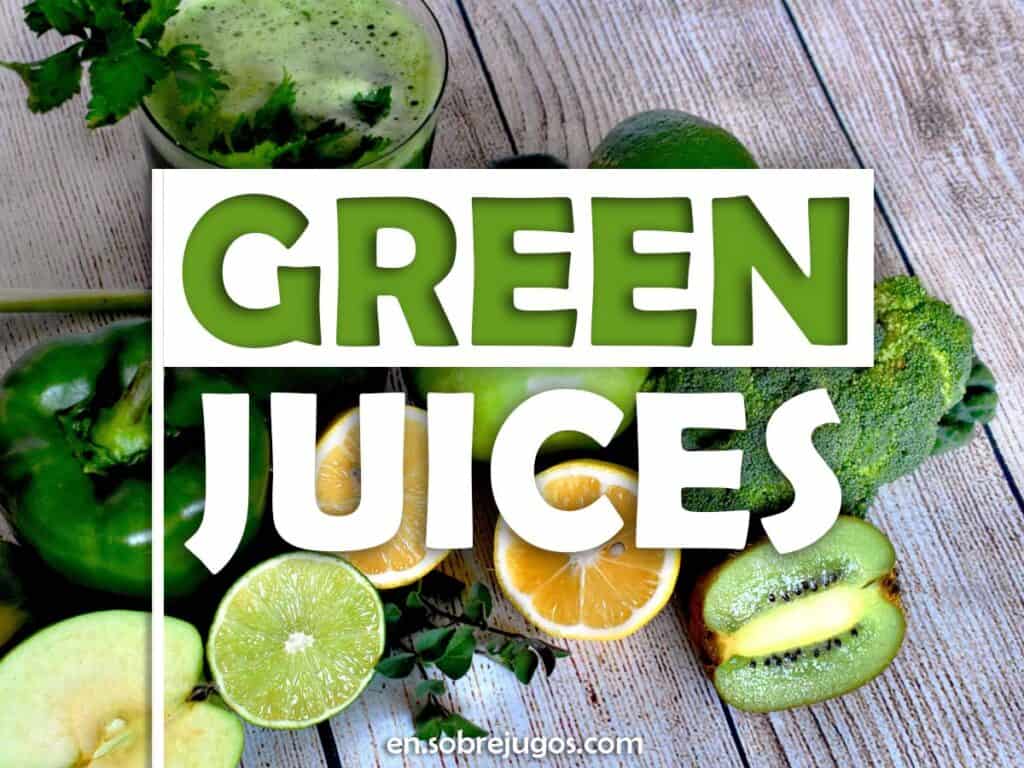

Want to know when we upload new content?
Enter your email address here to get notified.